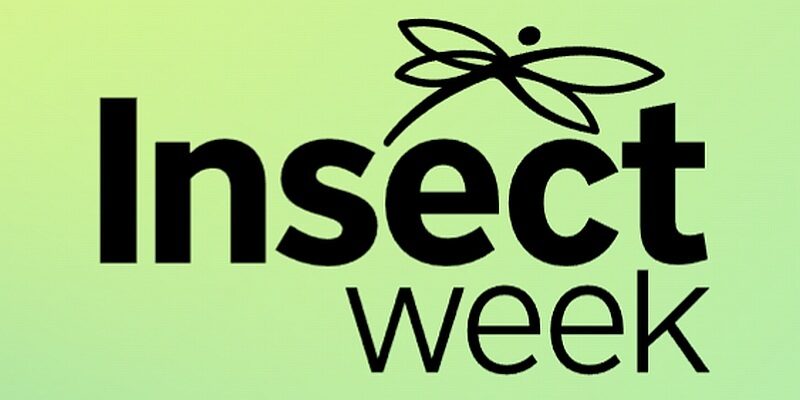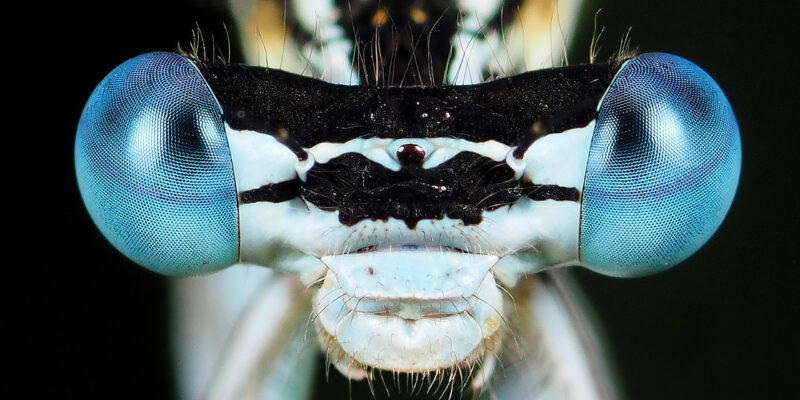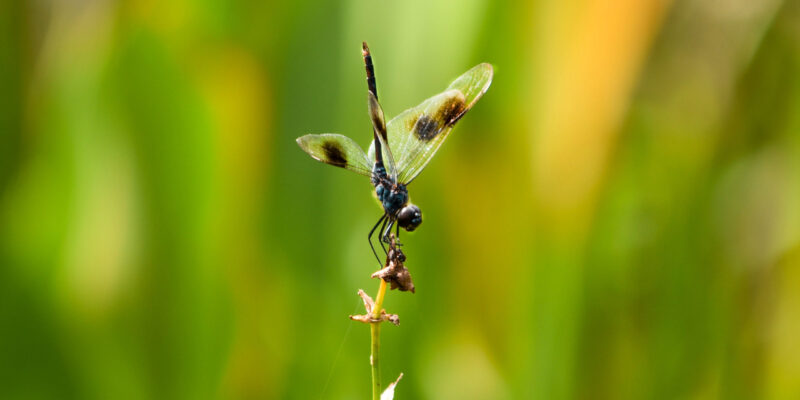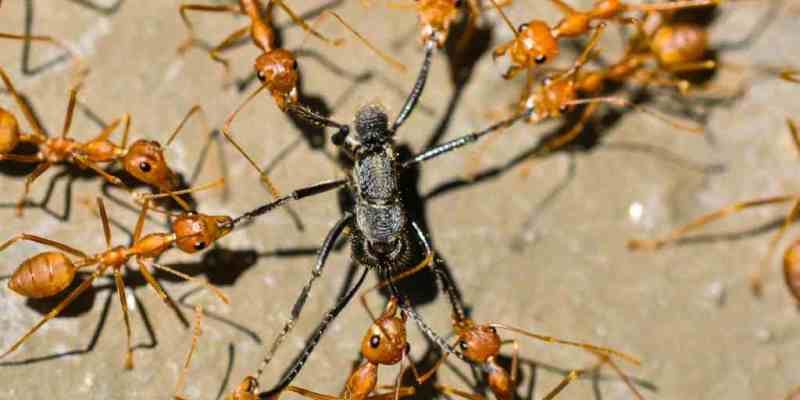Read more about insect sub-classes

EndopterygotaHigher insects, with a clear metamorphosis from larva via a pupa to adult, also called Holometabola.
All these higher insects have a well-defined metamorphosis from larva via a pupa to adult, hence the alternative name of Holometabola, meaning a complete metamorphosis.
Each stage of the life cycle is morphologically (and usually biologically) quite distinct, and there is no sign of the wings developing in the larvae; this explains the name Endopterygota, meaning internal wings.
All the other winged insects, now in the Palaeoptera, Polyneoptera and Paraneoptera, were formerly grouped as the Hemimetabola or Exopterygota on the grounds that they have no metamorphosis, the wings gradually developing externally throughout the nymphal stages. However, this is clearly a plesiomorphy and the paraphyletic group Exopterygota is no longer used; its inadequacy is emphasised by the pupal stages seen in groups such as the Coccidae (Hemiptera) and the Thysanoptera.
There are several subgroups within the Endopterygota, though not all are accepted universally. The Neuroptera, Megaloptera and Raphidioptera are usually grouped within the Neuropterida, and these may form the sister group of the Coleoptera (and possibly Strepsiptera).
The Hymenoptera may have a similar relationship with the Panorpoid orders (Diptera, Lepidoptera, Mecoptera, Siphonaptera and Trichoptera).
The Mecoptera and Siphonaptera (Mecopterida) may be combined with the Diptera in the Antliophora, and the Lepidoptera and Trichoptera are often united within the Amphiesmenoptera, despite their very different life histories.
It is clear that these supra-ordinal groupings need more rigorous examination and definition before they can be adopted as formal taxa.

Insect orders in this sub-class
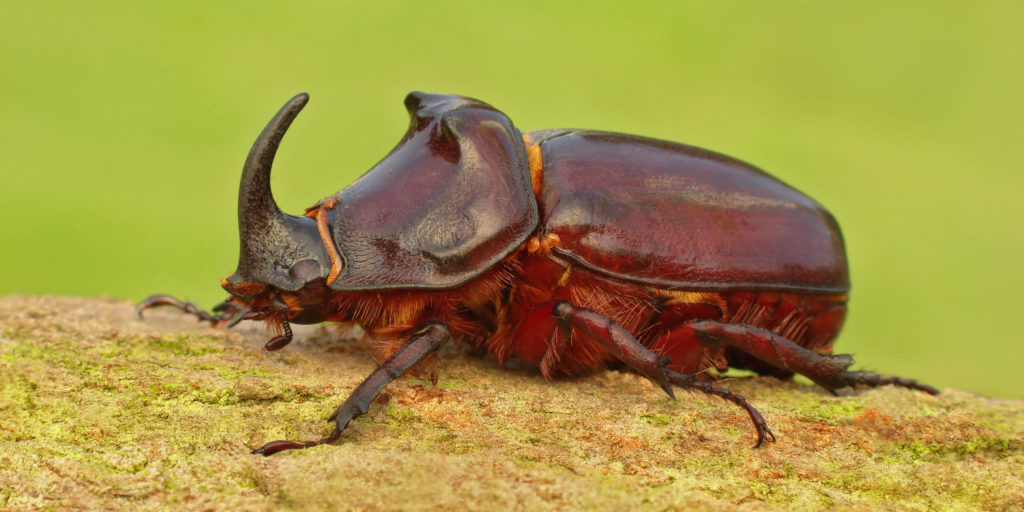
Beetles
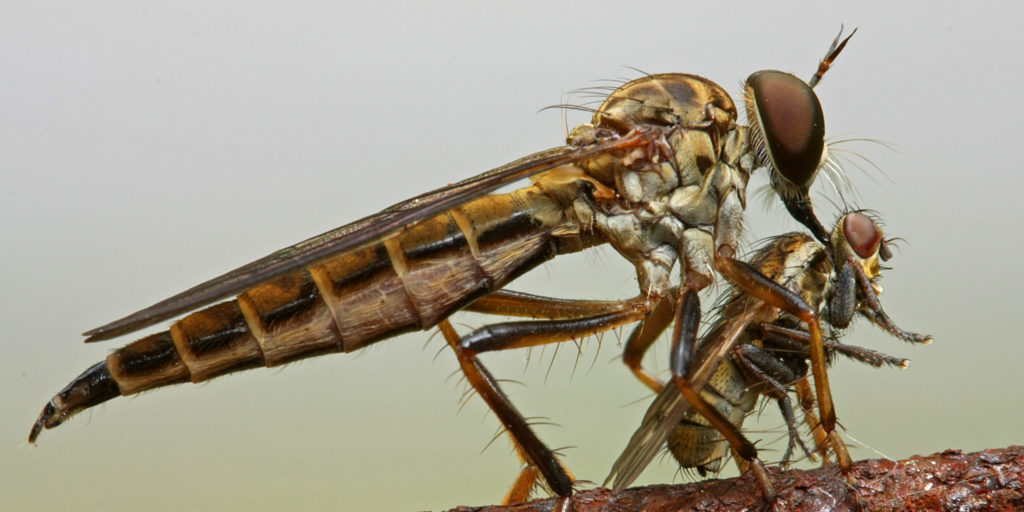
True flies
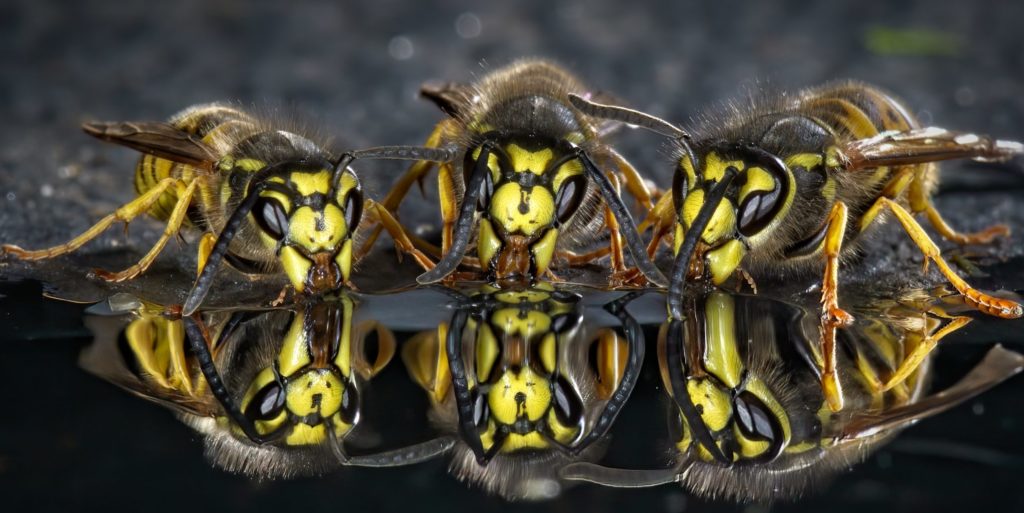
Ants, bees, and wasps
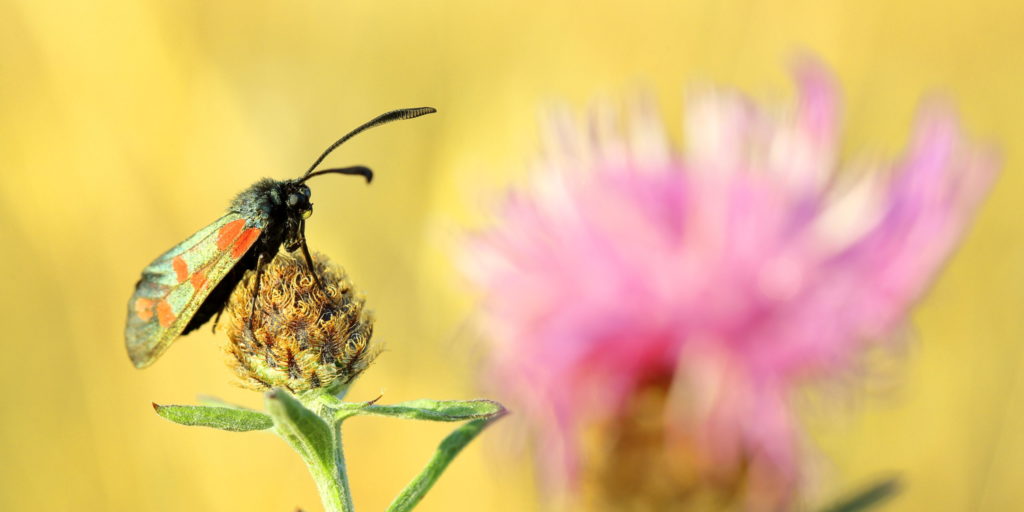
Butterflies and moths
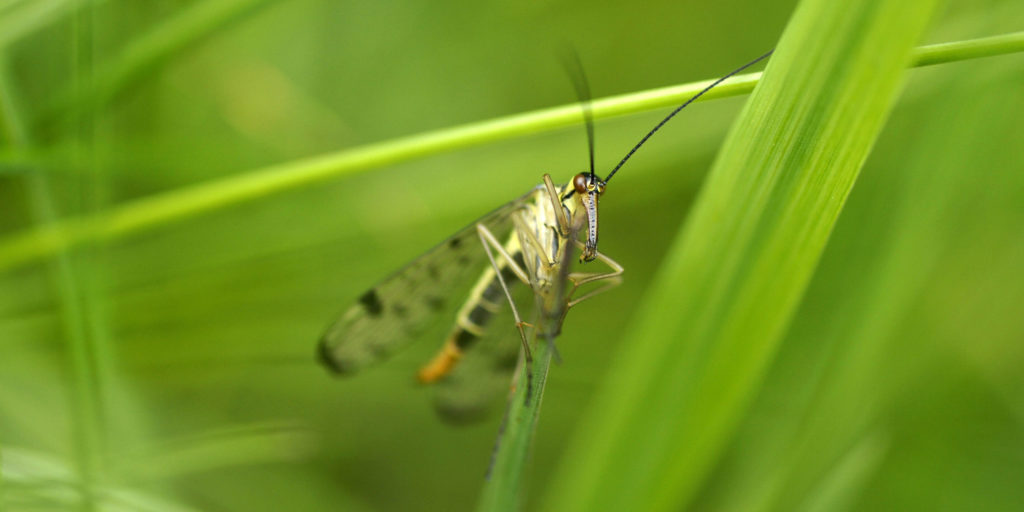
Scorpion flies
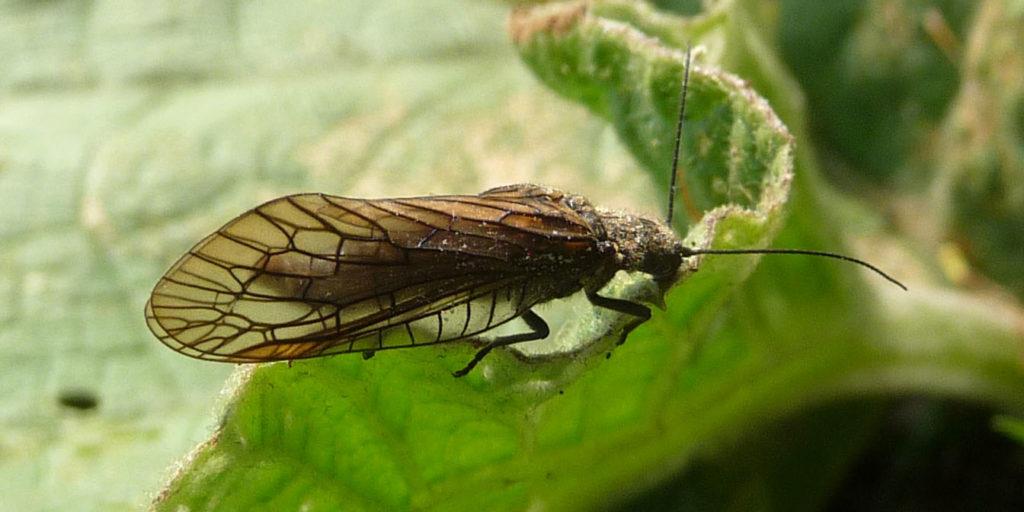
Alderflies
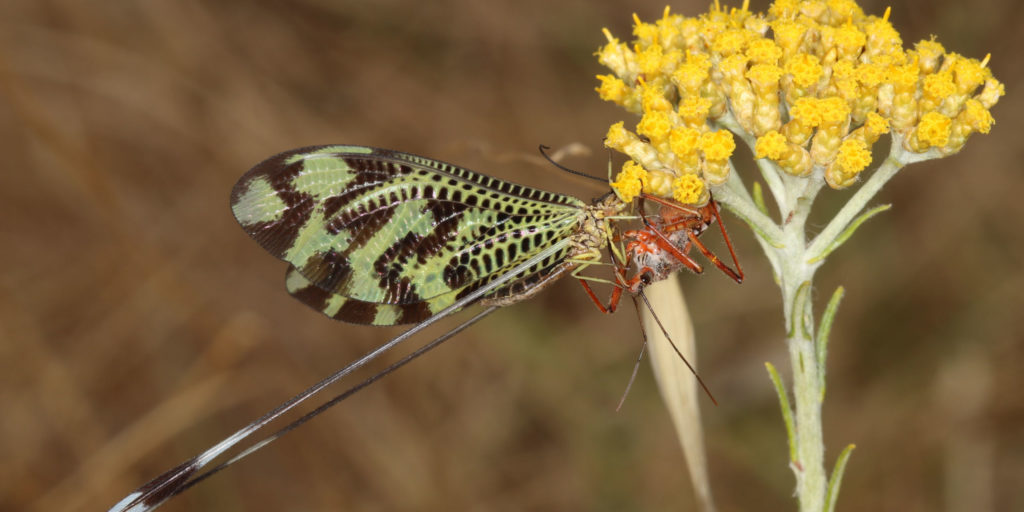
Lacewings
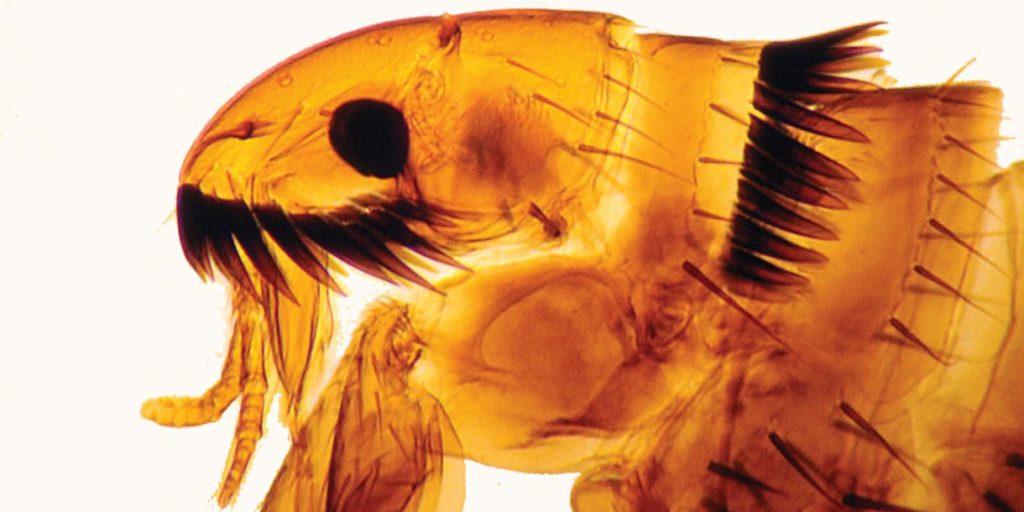
Fleas
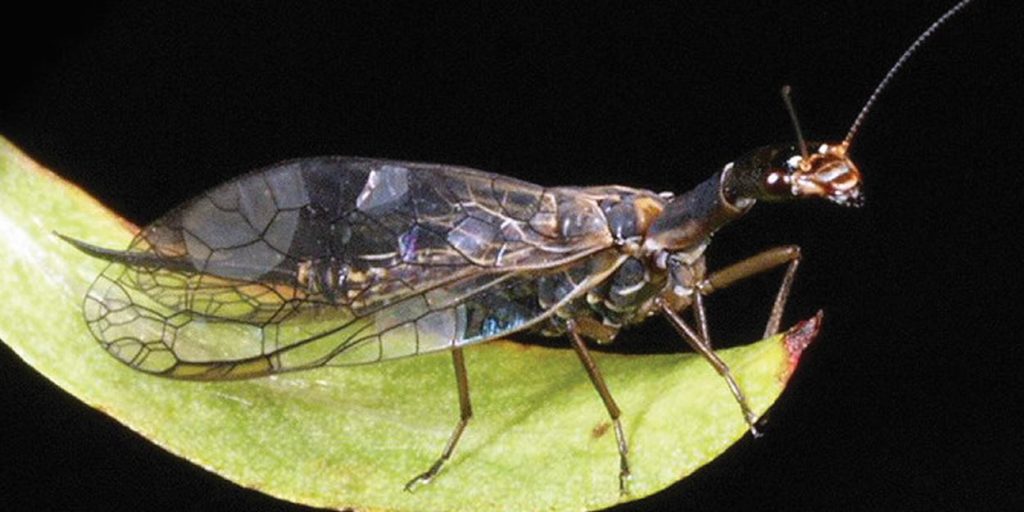
Snakeflies
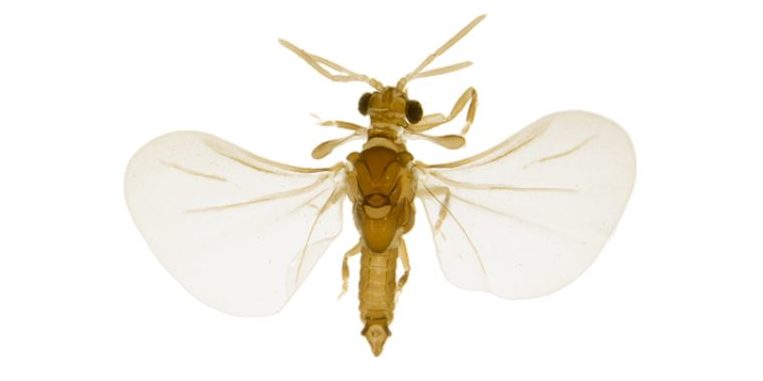
Twisted wing flies
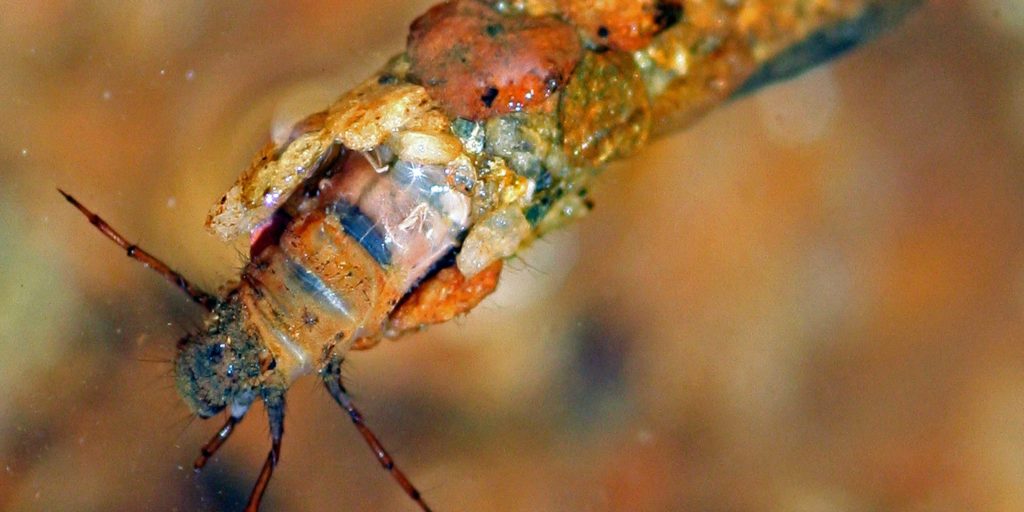
Caddisflies or sedge flies

